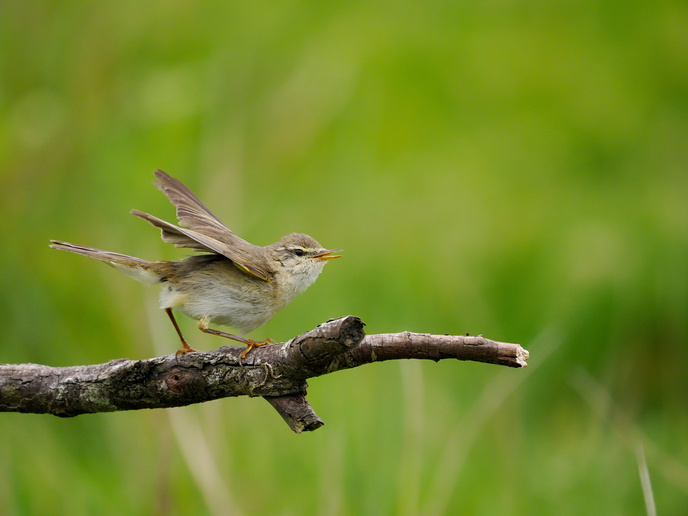How light influences avian breeding and migration patterns
Chronobiology looks at how environmental cycles influence the biology and behaviour of organisms – the most important arguably being temperature, which is changing around the world due to climate change. Despite rising temperatures shifting the optimum habitable area for many species further northward towards the poles, many animals remain reliant on annual light cycles to schedule breeding and migration activities. “While temperatures change, light, or photic, environments are fixed by latitude and date, and so an animal’s reliance on light cues may restrict the options available in adapting to climate change,” says Susanne Åkesson, lead researcher of the Marie Skłodowska-Curie Actions funded PhoticEdge project. PhoticEdge set out to better understand these cues by studying how birds react to adjusted light levels in experimental environments. Analysis is ongoing but one experiment, to be featured in the journal Animal Behaviour presents, for the first time to the team’s knowledge, evidence that light cycles can determine migration patterns in birds.
Migratory birds under the spotlight in two experimental set-ups
After initially planning to study ‘flycatchers’, faced with supply challenges the project team expanded their pool to 13 different migratory songbird species. These included redstarts, willow warblers and robins all of which display various breeding and overwintering ranges. “This offered us an opportunity to widen our comparisons and so strengthen the validity of our findings,” notes Åkesson. The project’s primary experimental set-up used a Lund University facility with six non-magnetic huts, each containing four circular cages. These were continuously monitored by high-resolution network cameras, with the data then processed by custom computer vision software. The experiments simulated shifts in how light was distributed across space and time during breeding and migration seasons. The first set-up manipulated day length to suggest either a delayed polar summer or an advanced local autumn, with increasingly shorter days. “In the latter case, our birds stopped their migratory activity, suggesting that they interpreted the shorter light periods as a signal that it was time to overwinter. As this was demonstrated in birds that had never completed a migration before, it strongly suggests that the influence of light is innate,” adds Åkesson. The second set-up involved individual cages with activity monitors. Knowing how day length, and the rate of its change at different times of year, differs by location, the team simulated day length changes to reflect specific locations. At the same time the birds were kept in the same geomagnetic field as when captured to eliminate another cue that they use to determine where they are. “Again the birds reacted by ending their migratory activity, despite the magnetic fields suggesting to them that they had not been displaced. This evidences the powerful influence of light cycles,” explains Åkesson.
Informing predictions about biodiversity and climate change
The results of these experiments can help inform predictions about how biodiversity changes as a result of climate change. “Our preliminary findings do suggest that light cycles are an important variable which control the annual and daily activities of migratory birds. If light cues constrain range shift in birds, then populations will be unable to follow preferred temperatures to higher latitudes under climate change,” says Åkesson. PhoticEdge’s findings can contribute to the EU’s Green Deal ambitions for better environmental preservation, while also informing biodiversity strategies by helping predict species range shifts. The team continue to study questions raised by PhoticEdge, such as whether urban light pollution is altering the migratory pattern of birds, with implications for other animals.
Keywords
PhoticEdge, migration, breeding, photic, light, overwintering, bird, climate change, temperature



